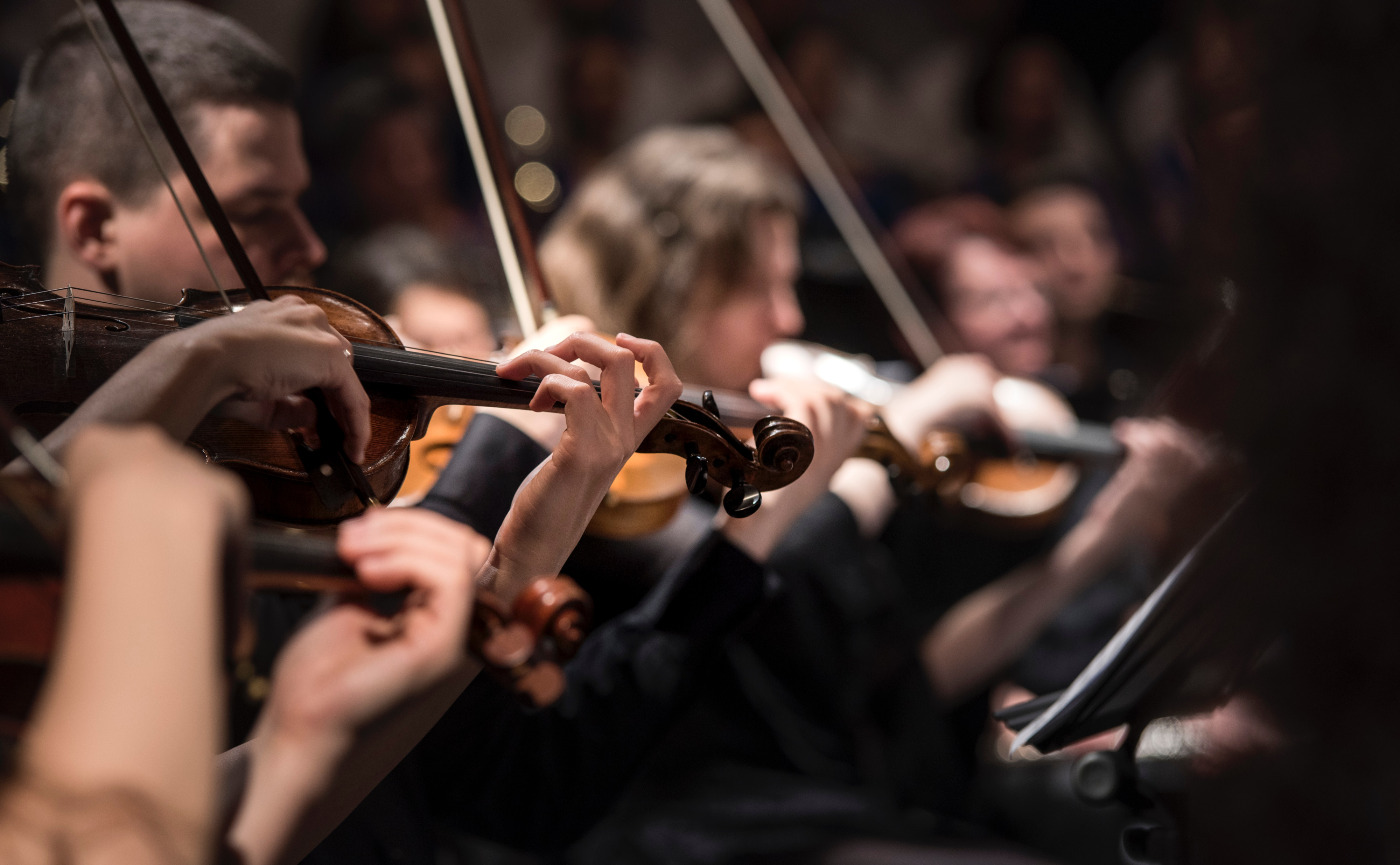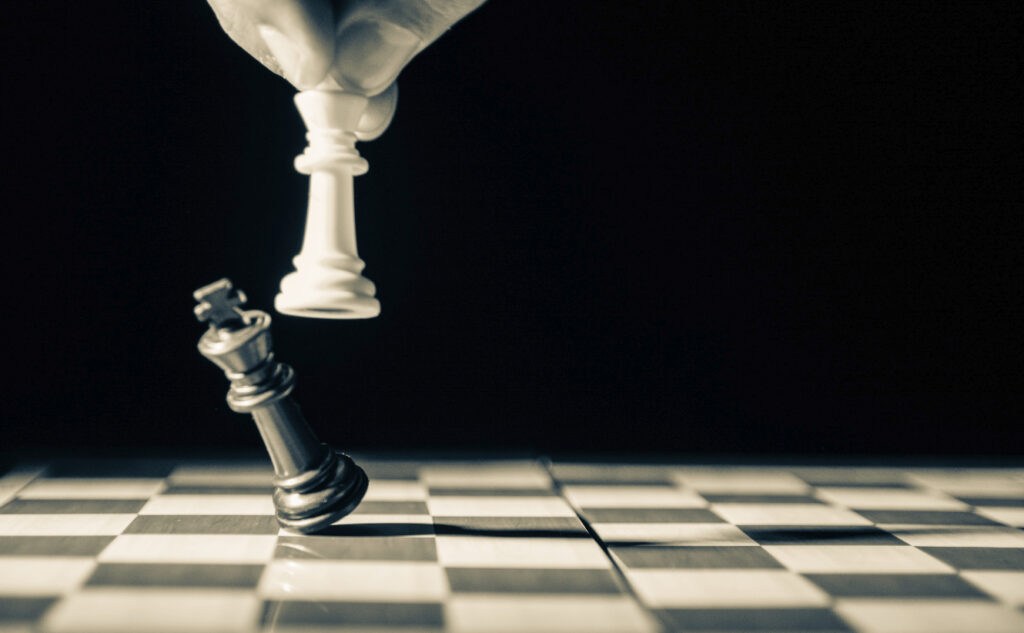Translation should be neutral and impartial. The translator Norman Shapiro sees translation as the attempt to produce a text so transparent that it does not seem to be translated. A good translation is like a pane of glass. You only notice that it’s there when there are little imperfections—scratches, bubbles. Ideally, there shouldn’t be any. It should never call attention to itself.
Interpreting, unlike translation, deals with instant translation, whether simultaneous interpretation while the speaker is speaking or consecutive interpretation after the speaker pauses. The word in English for interpreter indicates a non-neutral translation involving commentary and opinion. Although the choice of words in written translation involves some interpretation, the interpreter is potentially less neutral since the interpretation involves additional impressions, such as intonations, hand gestures and facial expressions of the speaker. The interpreter’s interpretation depends on both the speaker’s utterance and the interpreter’s sensitive ear to what is being said, his/her memory ability and the ability to feel the surrounding environment.
Imagine that a crime took place and an eyewitness was asked to assist a police sketch artist to draw a facial composite of the suspect. In the eyewitness’s mind there is a clear picture of the criminal, but the eyewitness cannot convey the photographic image in his/her mind to the investigators. As we all know, a technology to print directly from the brain does not yet exist. What is needed is a person with the ability to translate a literal description into a graphic image. It is a unique translation skill that involves converting a graphic image into words that are then translated into a physical image. The translator must interrogate the eyewitness to extract graphical verbal information and through an iterative process, draw a physical image similar to that which exists in the mind of the eyewitness.
There are some apps that allow creating a facial composite quite simply by selecting facial elements from a catalog and dragging them into a face image. The app saves errors that may result from miscommunication between the sketch artist and the eyewitness. However, if we’ll try to produce a facial composite of a person we know well (a spouse, child or parent) using the app, we will quickly realize that it is not at all simple to produce the image that is in our minds in a way that is available to everyone. It is amazing how difficult it is to convey the vivid image in our minds to those around us. And the truth is that within each of us there is an entire world exposed only to us of which others can see only fragments.
In 1984, a 22-year-old young woman was raped in her North Carolina apartment. The young woman, Jennifer Thompson, chiseled the face of the rapist in her mind. On the day of the rape a facial composite was generated according to Thompson’s description. Shortly afterwards, a suspect was arrested and was identified by her as the rapist. The suspect, Ronald Cotton, was convicted and sentenced to life in prison.
In 1987, Bobby Poole, serving a consecutive life sentence, confessed to being the one who committed Thompson’s rape. However, in a retrial for Cotton, Thompson continued to argue with great confidence that she had never seen Bobby Poole in her life and continued to point to Cotton as the rapist, and indeed, Cotton remained in jail. In 1995, with the development of DNA technology, it was proved beyond a doubt that the rapist was Poole and not Cotton.
Human memory, unlike hard disk memory, is dynamic and constantly changing. During the construction of the facial composite of the rapist, a fixed graphical memory was planted inside Thompson’s mind, even though the memory was fresh in her mind and although she felt that the rapist’s face was deeply engraved in her mind and was completely confident in his identity, her memory misled her. Apparently, during the “translation” process, the police sketch artist unknowingly led Thompson and planted the wrong picture in her mind. Today, as a result of modern DNA findings, police investigators are far more cautious about eyewitnesses, both regarding facial composites drawings and even regarding the credibility of lineups. The way we remember the reality we experience is sometimes different from reality itself, sometimes significantly different.
During the manhunt after the serial killer, Ted Kaczynski (also known by his well-known nickname, the Unabomber), an eyewitness who was able to see the suspect was questioned very close to the incident and a facial composite was created using her testimony. In hindsight, it turns out that that facial composite was accurate, but for some reason was not used by the police. Years later the same eyewitness was contacted again, and another police sketch artist drew a different facial composite that was different than the first one. That second picture was published and became extremely famous. Most of the people in the US and many around the world saw that picture often on the news. Now we know that the second facial composite did not resemble Kaczynski at all and was, in fact, very similar to the police sketch artist who produced the first facial composite. This again emphasizes the fact that memory in general and visual memory in particular are easily influenced.
One of the problems with producing a reliable facial composite is avoiding both biases and the planting of messages inside an eyewitness’s mind. Research shows that young people are more easily influenced than adults, while adults find it harder to remember the details, and that there are facial elements that leave a bigger impression than others. The number one facial element remembered is the nose, then the eyes leave some impression while most people hardly remember the hair.
It makes us think whether a picture is worth a thousand words … and indeed that vision is biased and its memory is even more biased. But what about hearing? The interpreter hears, sees, processes a memory image in his/her mind and translates accordingly.
One of the examples of the gap between the impression that exists in our mind and how it is expressed can be exemplified by a type of hearing, the ability to identify musical notes. We have all come across a phenomenon in which a person sings with a loud voice, confident in the quality of his/her singing while completely unaware of the fact of being off pitch.
Some people possess absolute pitch, they can identify a single note/chord without hearing any reference note. But most of us are able to identify a single note/chord only relative to other notes/chords, which is called relative pitch. Apparently, most of us have embedded in us a musical hearing mechanism that allows us to sense the flow of musical work unknown to us and even allows us to recognize when it’s off-pitch or off-key. We are also normally able to detect when we ourselves are off-pitch or off-key. But for most of us, this mechanism is not perfect. Everything is relative – when I think that I’m singing in the right key, I may still be heard by others with a more sensitive ear as off-key. There will always be a more sensitive ear and the fact that people’s ears are not equally sensitive creates a gap in the way that music is heard by the other. Maybe this is one reason why musical work is called interpretation. This phenomenon is not unique to music, also with language a specific ear might hear, understand, and remember words differently. Some expressions will sound off to some people and not to others. The nature of poetry (music and language) depends mostly on the hearing ability of the other. The same goes for the sense of taste or the ability to recognize a good wine, only the discerning taster will be able to discern and enjoy the subtle nuances.
Research has shown that speakers of tonal languages, such as Chinese and Vietnamese, on average have more perfect pitch abilities. This is due to the sensitivity to nuances of the tones and sounds that enhance the musical abilities. In contrast, hearing impaired individuals usually sing off-pitch, because they lack the internal hearing mechanism that allows them to hear themselves and correct the off-pitch. For most of us, the hearing, vision and memory control mechanism is imperfect, and we may all be off-pitch. But it turns out that all these abilities can be trained, whether to improve musical pitch, or to hear literature and poetry as well as the sense of taste. Practice refines the taste (music, poetry, literature or real taste), allowing us to identify more nuances, and also produce better end results.
Improving with the accumulation of years of experience makes us sharper in our field. Our vision, hearing and memory are sharpened in the areas we practice. But we should bear in mind that with experience comes confidence. Self-confidence is a positive thing but could also be dangerous. The same vision, hearing and memory abilities of reality (despite our absolute confidence in what we know), are biased and there is always a sharper reality than what seems to us at a given time. Critical thinking has the power to prevent minor errors in translation, interpretation in daily life and professional life and, especially, to prevent huge errors that would prevent convicting innocent people.





















